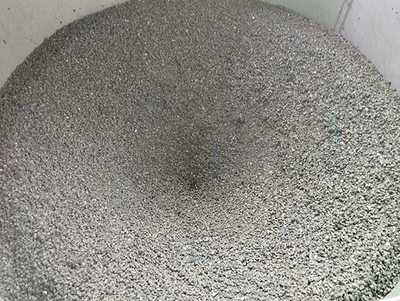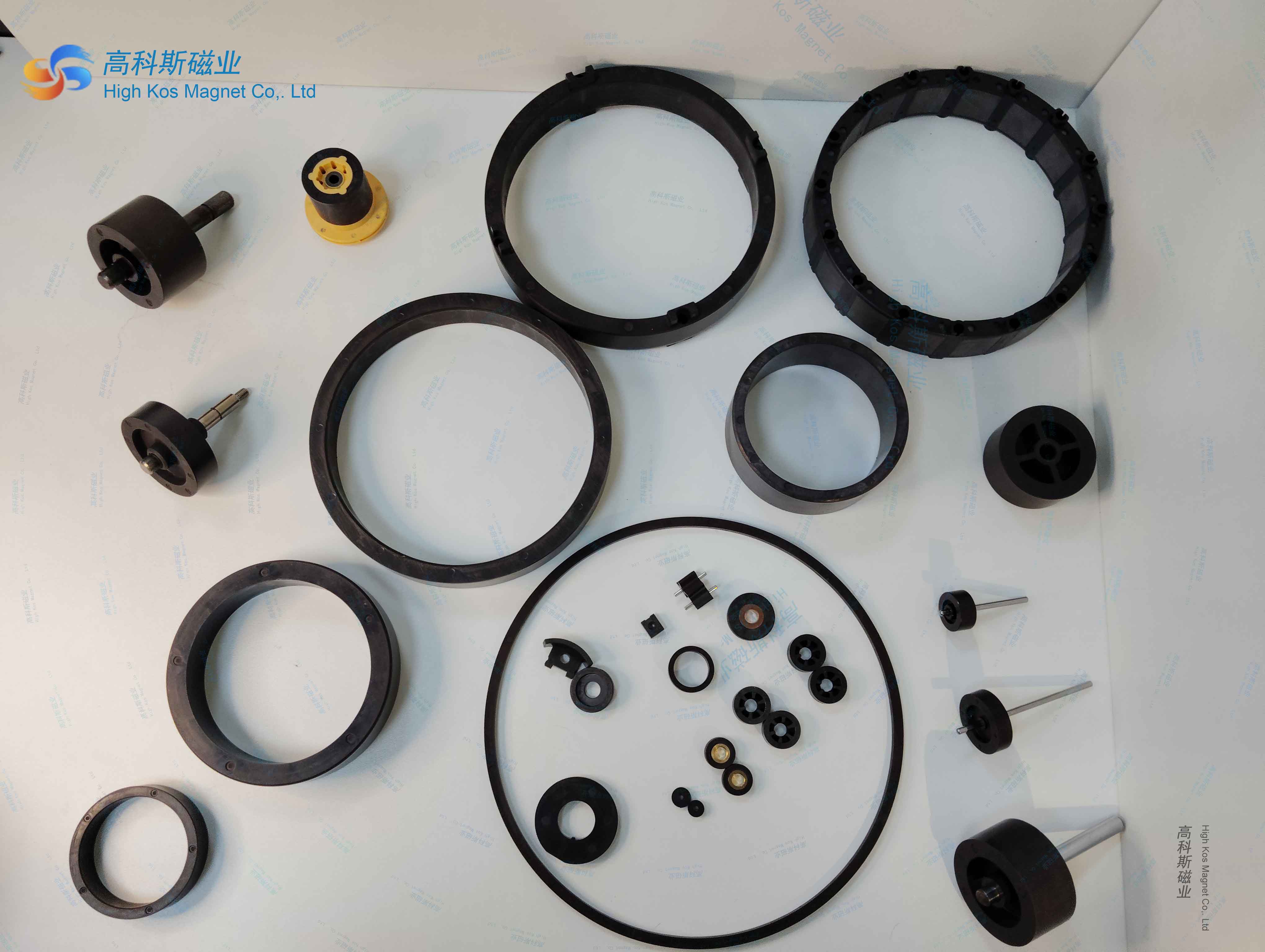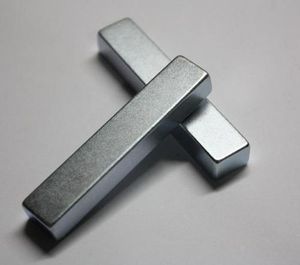Comparison of Ferrite Multipole Magnetic Ring and Magnetic Tile Splicing
Ferrite multipole magnetic rings and magnetic tile splicing are two common permanent magnet material structures, which have wide applications in fields
such as motors and electronic devices. Here is their comparison:
Ferrite multipole magnetic ring
Ferrite multipole magnetic ring is a ring-shaped magnet made of ferrite as the base material, with multiple magnetic poles distributed on the inner and
outer sides of the ring. These magnetic poles can be distributed alternately between north and south poles, or arranged alternately with multiple poles
of the same polarity. The shape of a multipole magnetic ring can be circular, elliptical, square, etc.
Ferrite multipole magnetic ring
advantage
High mechanical precision: good concentricity, strong customizability, good formability, large magnetic flux, high magnetic field strength, easy installation.
Good magnetic field stability: not easily affected by external magnetic fields or temperature changes.
Uniform magnetic field distribution: capable of providing a uniform magnetic field environment.
Good structural stability: not easily deformed or damaged.
shortcoming
High cost: Due to its complex manufacturing process and material requirements, the manufacturing cost of ferrite multipole magnetic rings is relatively high.
Magnetic tile splicing
Magnetic tile splicing is the process of assembling multiple magnetic tiles in a certain order, and each tile can be manufactured and tested separately, which can
greatly reduce manufacturing costs and risks. Meanwhile, the magnetic pole transition smoothness of the spliced magnetic ring is relatively good, which has a
small impact on the performance of the motor.
advantage
Low cost: Due to the ability to manufacture and test each magnetic tile separately, the manufacturing cost is relatively low.
Smooth magnetic pole transition: The magnetic pole transition of the spliced magnetic ring is smooth and has a small impact on the performance of the motor.
Strong flexibility: can be customized according to actual needs, more flexible and applicable.
shortcoming
Low mechanical accuracy: concentricity may not be as good as multipole magnetic rings.
Poor formability: may not be as easy to form as multipole magnetic rings.
Low magnetic field strength: Due to being composed of multiple magnetic tiles, the magnetic field strength may not be as strong as a multipole magnetic ring.




